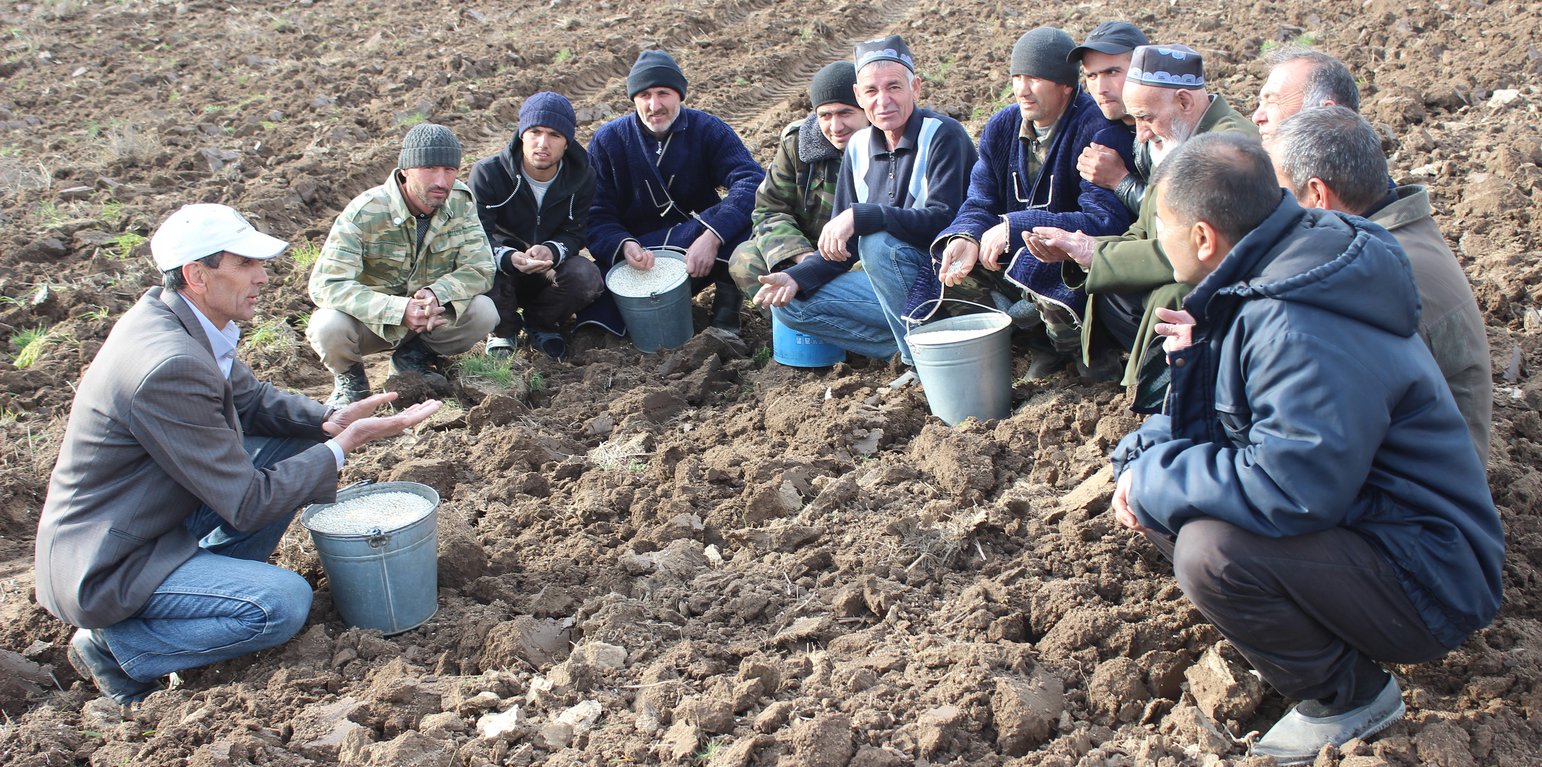



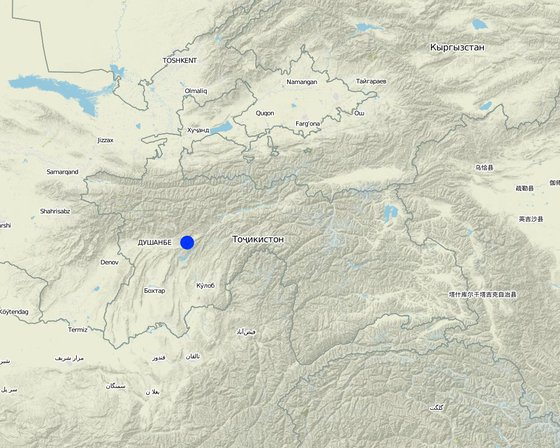
Location: Tajikistan
No. of Technology sites analysed: 2-10 sites
Spread of the Technology: applied at specific points/ concentrated on a small area
In a permanently protected area?:
Date of implementation: less than 10 years ago (recently)
Type of introduction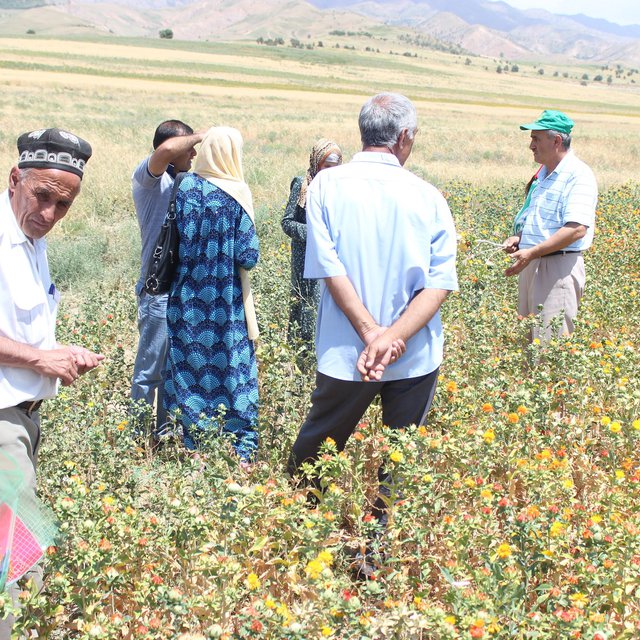







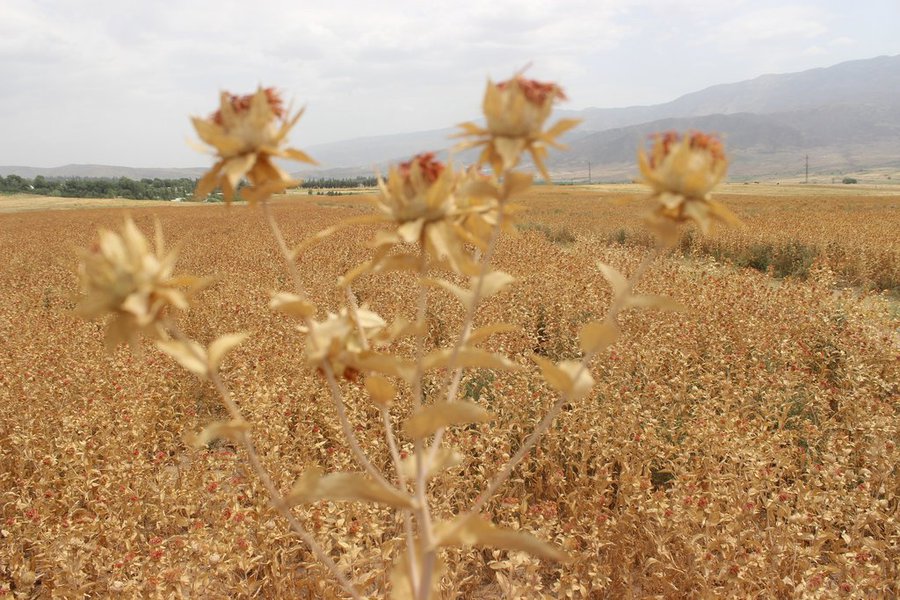
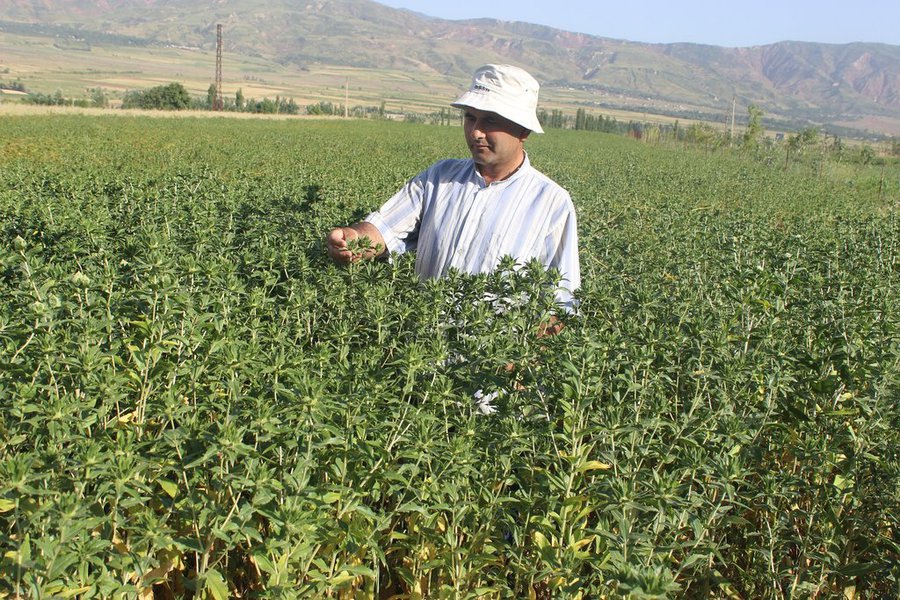
| Specify input | Unit | Quantity | Costs per Unit (USD) | Total costs per input (USD) | % of costs borne by land users |
| Labour | |||||
| 1.0 | 55.0 | 55.0 | |||
| 1.0 | 25.0 | 25.0 | |||
| 1.0 | 60.0 | 60.0 | |||
| Equipment | |||||
| 1.0 | 22.0 | 22.0 | |||
| 1.0 | 22.0 | 22.0 | |||
| Plant material | |||||
| 30.0 | 1.1 | 33.0 | |||
| Fertilizers and biocides | |||||
| 200.0 | 0.54 | 108.0 | |||
| 100.0 | 0.54 | 54.0 | |||
| Total costs for establishment of the Technology | 379.0 | ||||
| Specify input | Unit | Quantity | Costs per Unit (USD) | Total costs per input (USD) | % of costs borne by land users |
| Labour | |||||
| 1.0 | 55.0 | 55.0 | |||
| 1.0 | 25.0 | 25.0 | |||
| 1.0 | 60.0 | 60.0 | |||
| Equipment | |||||
| 1.0 | 22.0 | 22.0 | |||
| 1.0 | 23.0 | 23.0 | |||
| Plant material | |||||
| 30.0 | 1.1 | 33.0 | |||
| Fertilizers and biocides | |||||
| 200.0 | 0.54 | 108.0 | |||
| 100.0 | 0.54 | 54.0 | |||
| Total costs for maintenance of the Technology | 380.0 | ||||